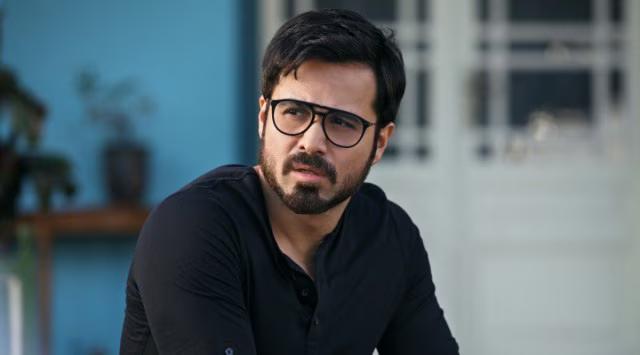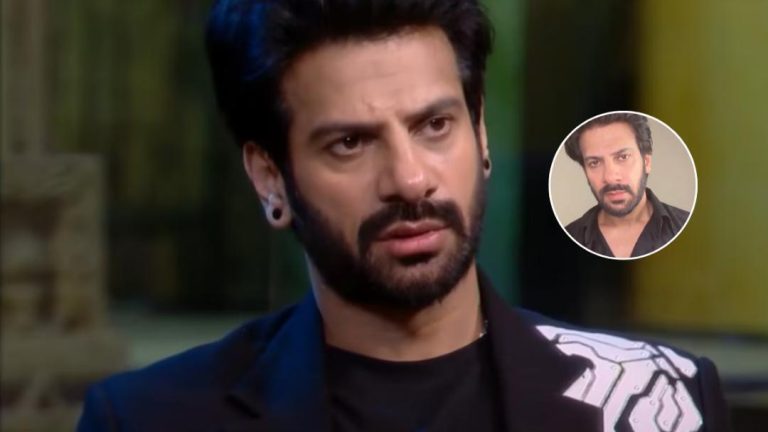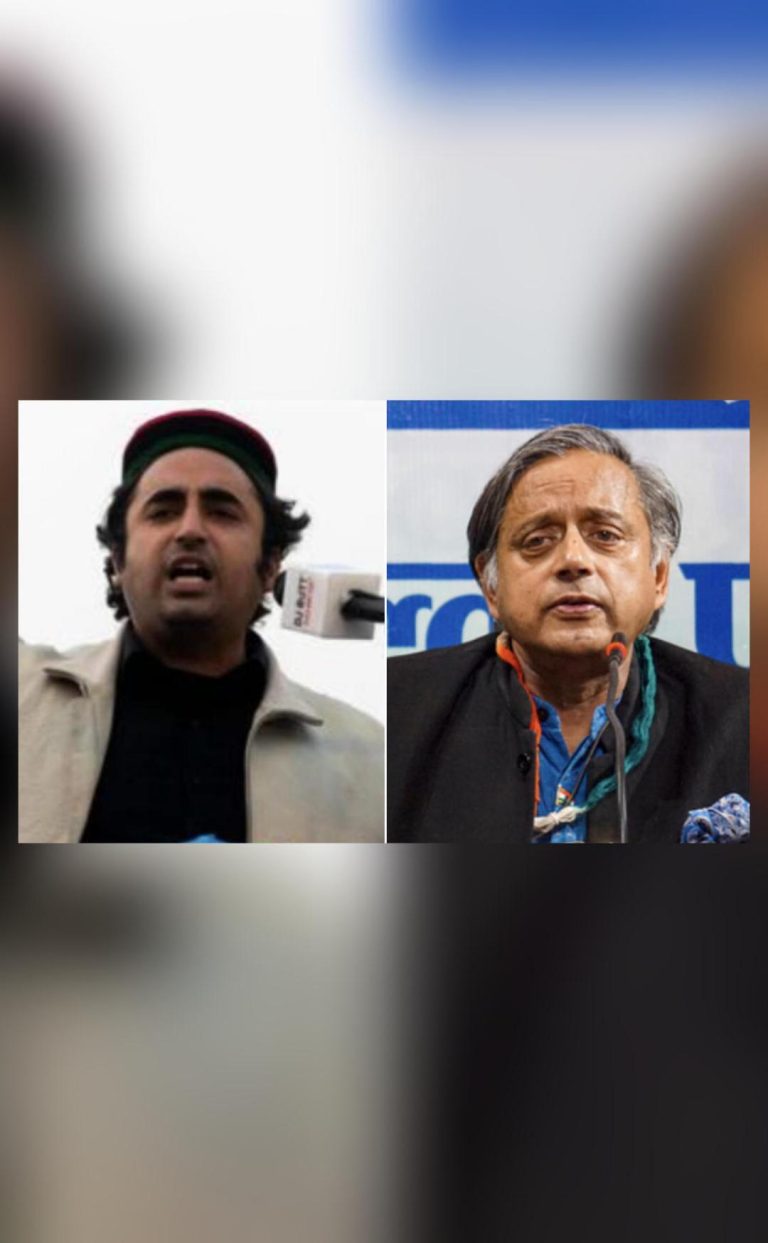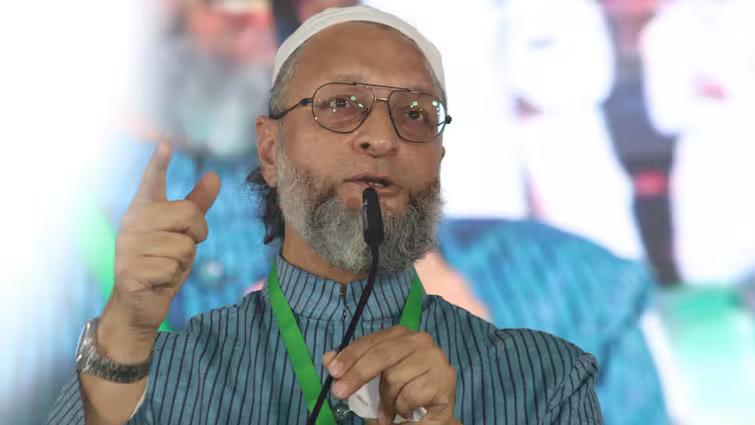
Making Adolescence in India could be a logistical nightmare: Emraan
In a recent exclusive interview, Bollywood actor Emraan Hashmi expressed his concerns about making a series like “Adolescence” in India, citing the challenges and risks involved in bringing such a topic to the Indian audience. According to Hashmi, producing a show that tackles the complexities of adolescence would be a “logistical nightmare” in the Indian context.
In the interview, Hashmi mentioned that if he were to approach a producer with the idea of making a show like “Adolescence”, nine out of ten would likely dismiss it, calling him “out of his mind”. He emphasized the need for a director who is bold, audacious, and willing to take risks to bring such a project to life.
So, what makes making a show like “Adolescence” so challenging in India? Hashmi’s concerns are rooted in the cultural and social norms that prevail in the country. In India, there is a strong emphasis on family values, social hierarchy, and tradition, which can make it difficult to tackle sensitive topics like adolescence, puberty, and sexuality.
One of the primary concerns is that Indian audiences, especially in smaller towns and cities, may not be receptive to such a show. In a country where censorship laws are strict and social norms are conservative, producers and directors may be hesitant to take on a project that pushes the boundaries of what is considered acceptable.
Moreover, making a show like “Adolescence” would require a high level of sensitivity and nuance to tackle the complexities of adolescent life, including themes like identity formation, peer pressure, and body image issues. This would require a deep understanding of the adolescent psyche and a willingness to explore these themes in a way that is both authentic and relatable.
In an industry that is often criticized for playing it too safe, Hashmi’s comments highlight the need for bold storytelling and risk-taking in Indian television and cinema. By tackling sensitive topics like adolescence, filmmakers can create shows that resonate with audiences and spark important conversations about identity, belonging, and social norms.
Another challenge that Hashmi pointed out is the need for a director who is willing to take bold decisions and push the boundaries of what is considered acceptable in Indian television and cinema. In an industry where commercial success is often prioritized over artistic merit, it can be difficult to find directors who are willing to take risks and challenge the status quo.
In recent years, there have been some exceptions to this rule, with shows like “Kabir Singh” and “Love Per Square Foot” tackling difficult themes like toxic masculinity and the struggles of modern relationships. However, these shows are still the exception rather than the rule, and there is a long way to go before Indian television and cinema can be considered truly bold and risk-taking.
In conclusion, making a show like “Adolescence” in India is a logistical nightmare that requires a high level of sensitivity, nuance, and bold storytelling. Emraan Hashmi’s comments highlight the challenges and risks involved in bringing such a project to the Indian audience, but also emphasize the need for filmmakers to take bold decisions and push the boundaries of what is considered acceptable.
As the Indian entertainment industry continues to evolve and grow, it is essential that filmmakers prioritize bold storytelling and risk-taking over commercial success. By doing so, they can create shows that resonate with audiences, spark important conversations, and challenge social norms.






